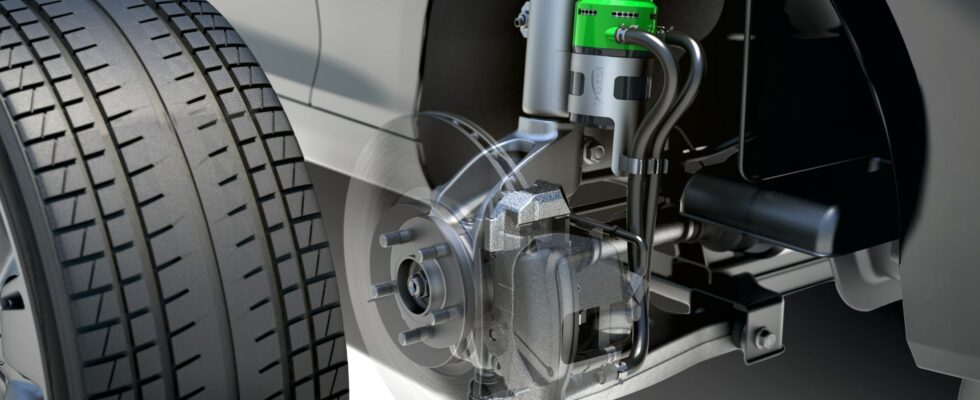The Euro 7 standard planned for 2025 also sets limits for brake dust emissions for the first time. Many vehicles are already achieving the target value. For most, however, measures are necessary to comply with the limit values.
But that seems feasible, as the German mobility club ADAC explains. According to the ADAC, the planned brake dust limits are feasible. The Euro 7 regulation currently being negotiated provides for a maximum emission of 7 milligrams per kilometer; according to the club’s measurements, current car models are 5 to 20 milligrams per kilometer. According to the experts, new friction lining mixtures, more wear-resistant brake discs and extraction or filter systems could contribute to further reduction. This not only means effort in development and production – but also costs for drivers. By 2035, the value should be reduced to 3 milligrams per kilometer. Overall, the brakes are responsible for around 20 percent of a motor vehicle’s fine dust emissions, more than a third of which are PM 2.5, which is particularly harmful to health. In addition to the brakes themselves, other factors also have an influence on the release of dust. In addition to driving style, the weight of the vehicle plays a particularly important role. And also the type of drive: In e-mobiles, the motor brakes in most cases; the mechanical friction brake is used less frequently.
source site-13
